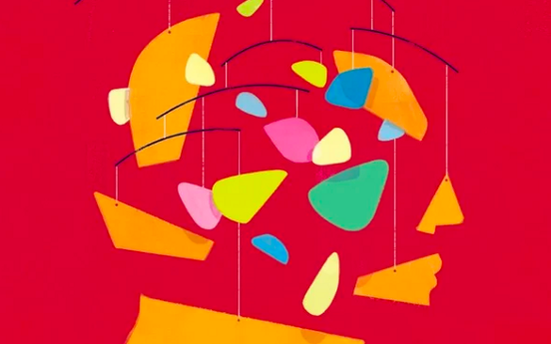What is consciousness? By Christof Koch. A summary

‘What Is Consciousness?’ By Christof Koch. A summary of the article in Scientific American magazine.
The article focuses mainly on the physical footprints of consciousness, less on philosophical discussions about it.
This footprint is the neuronal correlates of consciousness (NCC), or ‘the minimal neuronal mechanisms jointly sufficient for any specific conscious experience’. What should happen in order to make a person to experience, e.g. toothache? How does this ‘something’ manifest itself, e.g. nerve cells vibrate at some frequency, and some dedicated neurons should be activated?
We know that some important organs likely don’t ‘create’ consciousness:
- Damage to the spinal cord may leave a person paralysed in legs, arms and torso, unable to control their bowel and bladder, but this person is still conscious;
- The cerebellum is involved in motor control, posture and gait and in the fluid execution of complex sequences of motor movements (playing the piano, typing, ice dancing, etc.). When parts of the cerebellum are lost to a stroke, patients don’t lose any aspect of their consciousness. ‘They hear, see and feel fine, retain a sense of self, recall past events and continue to project themselves into the future’.
Why does losing a part of the cerebellum not lead to losing consciousness?
- ‘The cerebellum is almost exclusively a feed-forward circuit: one set of neurons feeds the next, which in turn influences a third set. There are no complex feedback loops that reverberate with electrical activity passing back and forth’;
- ‘The cerebellum is functionally divided into hundreds or more independent computational modules. Each one operates in parallel, with distinct, non-overlapping inputs and output, controlling movements of different motor or cognitive systems’.
It seems like consciousness requires feedback loops and interconnectedness.
The cerebral cortex is another possible candidate for generating consciousness experiences:
- The magnetic scanner detects activity in the posterior hot zone (the parietal, occipital and temporal regions in the posterior part of the cortex) that tracks what we see. The posterior hot zone gives rise to conscious perception while receiving and information streaming up from the eyes via the primary visual cortex;
- Stimulating the posterior hot zone can trigger sensations and feelings, e.g. flashes of light, geometric shapes, distortions of faces, etc.;
- ‘Removal of even small regions of the posterior cortex, where the hot zone resides, can lead to a loss of entire classes of conscious content: patients are unable to recognize faces or to see motion, color or space’;
‘As far as we can tell, almost all conscious experiences have their origin there [the posterior cortex]’. However, it’s not yet clear why posterior regions and not the prefrontal cortex mainly contribute to subjective content.
An attempt to probe whether someone is conscious or not is ‘zap and zip’ technique. It includes sending an intense pulse of magnetic energy into the skull, recording electrical signals of how the brain responds via electroencephalogram sensors (EEG), and then compressing the record of these responses in a kind of a ZIP file. The zipping represents a proxy for measuring the complexity of brain responses, ‘perturbational complexity index’ (it is 0.31–0.7 for awake, conscious volunteers).
The ability to measure brain activity/complexity does not answer questions about it. Why a particular group of neurons? Why particular frequency? There’s a need for a scientific theory of consciousness that ‘…predicts under which conditions any particular physical system… has experiences’.
The most popular theories of consciousness are:
- Global neuronal workspace theory. It argues that ‘… consciousness arises from a particular type of information processing… when … incoming sensory information… is broadcast globally to multiple cognitive systems — which process these data to speak, store or call up a memory or execute an action’. The ‘workspace’ has limited capacity, so we are aware of little information at any given moment;
- Integrated information theory starts from experience itself, which is intrinsic and exists only for the subject, its ‘owner’. This experience is unified and definite. According to the theory,’… any complex and interconnected mechanism whose structure encodes a set of cause-and-effect relationships will have these properties — and so will have some level of consciousness … [But if] … the mechanism lacks integration and complexity, it will not be aware of anything’.
Challenges
- Build tools to observe and probe neurons;
- Verify or falsify theories and/or come up with new ones.
Image - Chris Gash